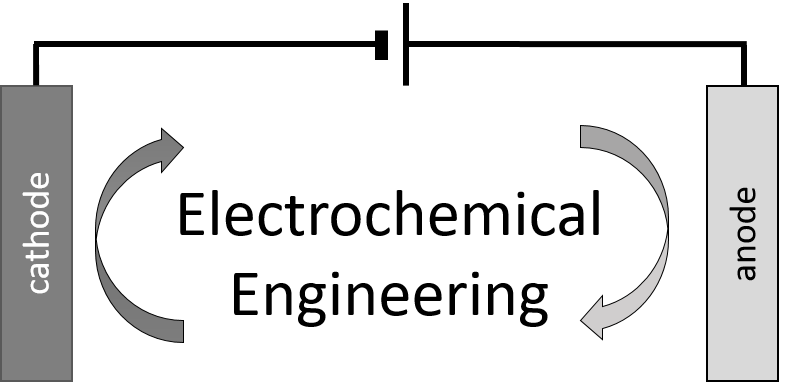Hydrogen from water
Development of highly active anodes for anion exchange membrane electrolysers to enable low-cost green hydrogen
A collaboration between University of Canterbury, Victoria University of Wellington, University of Auckland, Fraunhofer IFAM, and Universität Bayreuth.
Funded by Catalyst: Strategic – New Zealand-Germany Green Hydrogen Research Programme (MBIE and BMBF)
Green hydrogen can be produced through the electrolysis of water. As this process uses electricity, minimising the energy input is critical. Currently Proton Exchange Membrane (PEM) water electrolysers represent the state-of-the-art technology, but this technology is very expensive due to use of noble metal electrocatalysts and expensive fluorinated ion-exchange membranes. Newly developed Anion Exchange Membrane Electrolysers (AEMEL) would drastically reduce electrolysis costs (inexpensive and abundant electrocatalysts, low-cost membranes) but currently these systems have the lowest hydrogen production rates of all water electrolysis technologies and suffer from poor electrode activity and stability issues when fed with pure water.
Our hypothesis is that a breakthrough in AEMEL performance can be achieved by developing new anode electrocatalyst using advanced materials synthesis, characterisation and cutting-edge imaging methodologies (from nanometers to millimeters). The combined expertise of the NZ and German teams will allow us to do this and ultimately produce world-leading AEMEL technology.
While ultra-high surface area electrodes can minimise the overpotential at low current densities, at high current densities (needed to minimise CAPEX of the electrolyser), poor ionic and electronic conductivity which leads to additional energy losses. Further, the evolved gas bubbles block the surface of the electrode which again reduces performance.
We are addressing these issues by developing new catalyst synthesis strategies, performing detailed analysis of the relationship between structural properties and catalyst performance, and will attempt to develop nanometer to millimeter imaging of transport behaviour (ions, electrons, electrolyte and gas bubbles) in AEMEL systems. The outcomes from this research will include greater understanding of what controls catalyst performance and new capabilities across the NZ-German team developed by our collaboration. We also anticipate that this programme will lead to new research opportunities in related fields (CO2 reduction, batteries, application of tomographic methods in electrochemistry) which would not have occurred without this new collaboration. Ultimately the impact of our research will be the new manufacturing opportunities for NZ businesses to produce catalytic materials and complete AEMEL systems for the emerging hydrogen energy economy.
© Copyright The Marshall Research Group
